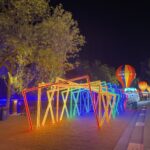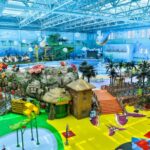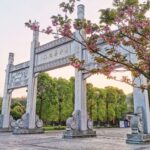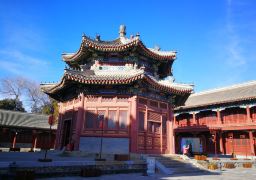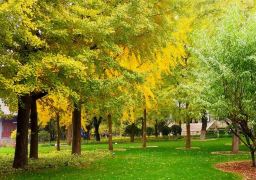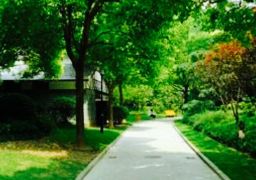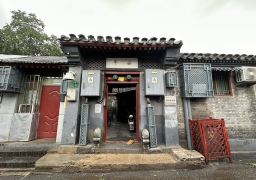Huilongzhuang Scenic Area is located in Shuangfengchang, Simian Mountain Town, Jiangjin District, Chongqing City, nestled against the backdrop of rolling green hills. The entire manor features grey bricks and green tiles, ink-wash corridors, and cool pavilions with skywells, creating an elegant scenery with an antique charm. The manor faces northeast and is laid out in a grand, complex Siheyuan (courtyard) style, exuding a sense of grandeur and magnificence.
Inside the manor, there are 16 courtyards, 18 skywells, 202 rooms, 308 doors, and 899 windows, all arranged in an orderly fashion despite their multitude. The mountain villa is a stone-wood structure supported by 328 stone pillars, with pavilions and corridors reflecting each other, filled with ancient charm. Exquisitely carved beams and painted columns adorned with gold are found in every corner of the garden.

The garden recreates the daily life, self-sufficiency, cultural activities, and social interactions of the late Qing Dynasty period through the setting up of rooms such as boudoirs, wedding chambers, private schools, and kitchens. The content of each exhibition hall is fascinating and vivid. The Huilongzhuang, which resembles the Forbidden City architecture, remains a mystery in Chinese architecture and history. Who built it? When was it built? Was it an imperial manor of Wu Sangui? A palace of Emperor Jianwen? Or an official residence of Heshen? These questions are still open to interpretation.
Opening hours are from 08:30 to 17:30 all year round. Preferential policies include discounts for children aged 7 to 18, free entry for children under 6 or under 1.2 meters in height, discounts for full-time university undergraduates and below, discounts for elderly aged 60 to 64 with a ‘Chongqing Municipal People’s Government Respect for the Elderly Preferential Certificate’ or valid ID, free entry for those aged 65 and above, free entry for active-duty soldiers, veterans, martyrs’ families, revolutionary disabled persons, and retired military cadres with valid documents, and free entry for people with disabilities holding a valid disability certificate issued by the national disabled persons’ federation, and free entry for journalists with valid press cards issued by the national press and publication administration.
